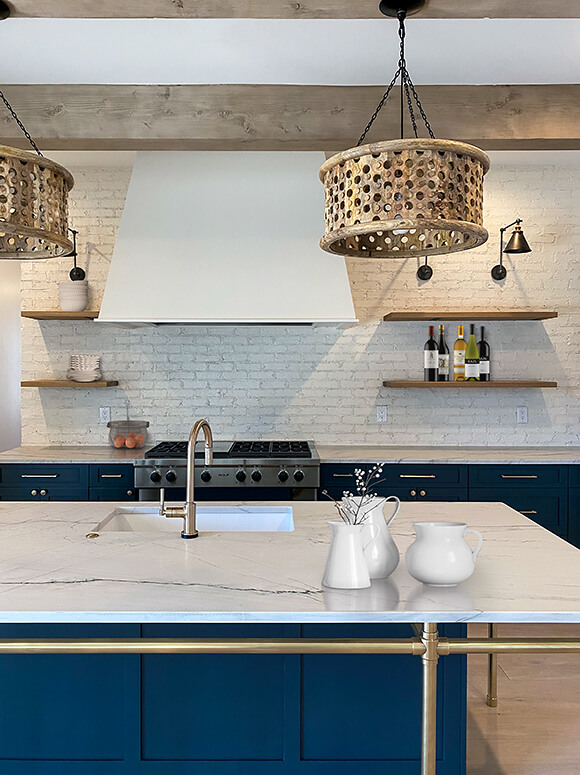Tailor Your Kitchen Look with Distinct Legs For Kitchen Island Alternatives
Tailor Your Kitchen Look with Distinct Legs For Kitchen Island Alternatives
Blog Article
A Guide to Picking the Perfect Legs For Kitchen Island for Your Home
Selecting the excellent legs for your kitchen island is a nuanced decision that affects both the capability and visual appeal of this main area. Variables such as height, materials, and style play an essential role in harmonizing your island with the general cooking area layout. Additionally, understanding the significance of security and upkeep can dramatically affect your selection. As you consider these elements, it becomes apparent that the best legs can transform not only the look of your kitchen area however likewise its functionality for many years to find. What specific functions should you prioritize in this option procedure?

Understanding Cooking Area Island Legs
When choosing legs for a cooking area island, it's vital to understand their useful and aesthetic duties in the general layout. The legs work as an important support system, ensuring security and longevity for the island, which typically functions as a work space, eating location, or collecting area. The option of product and building and construction method should be durable sufficient to withstand everyday use and prospective wear.
In enhancement to their architectural duties, legs add substantially to the island's aesthetic allure. They can enhance the kitchen's style, whether with typical, modern, or diverse styles. The height and proportion of the legs are additionally important factors to consider; they must balance with the island's kitchen counter height while making sure comfy seating for those making use of the room.
Moreover, the leg layout can affect the general flow of the kitchen. Open, ventilated leg styles can create a sense of agility, while solid, considerable legs might convey an extra grounded and steady visual - Legs For Kitchen Island. Recognizing these functional and visual elements will assist home owners in making notified selections that match their kitchen area's layout and improve its use
Popular Styles and Products
The selection of legs for a kitchen island encompasses a range of popular designs and materials, each offering distinct attributes that can improve both performance and visual appeals. Amongst the most in-demand designs are contemporary, rustic, and typical. Contemporary legs frequently include sleek, minimalist designs that stress simpleness and clean lines, making them excellent for modern kitchens. Rustic designs, on the other hand, accept natural environments and usually display reclaimed wood or troubled surfaces, including warmth and charm to the area. Conventional legs typically show luxuriant details and workmanship, improving classic kitchen area designs.

Height and Security Considerations

The legs of the kitchen island should provide appropriate support, ensuring that the structure can withstand day-to-day usage without changing or wobbling. Material selection plays a considerable function in stability; metal legs, for instance, have a tendency to use higher stamina contrasted to timber.
Matching Your Kitchen Visual
Picking the right legs for your kitchen island goes past capability; it additionally plays a substantial function in the general visual of the room (Legs For Kitchen Island). When picking legs, consider the design style of your kitchen.
Legs that match or comparison with your island's surface and bordering kitchen like it cabinetry can produce visual harmony or striking focal factors. In addition, take into consideration the surface of the legs; matte, shiny, or textured finishes can substantially impact the overall feel of the cooking area.
Installment and Maintenance Tips
Installing kitchen island legs calls for mindful attention to information to guarantee both security and aesthetic appeal. Begin by choosing an ideal place for your island, guaranteeing it is degree and has sufficient space for movement. If you are affixing the legs to a wall or making use of brackets for added assistance, use a stud finder to find wall surface studs. Mark the positioning of the legs accurately before drilling.
When safeguarding the legs, use high-quality screws and, if needed, wood glue for additional strength. For metal legs, make certain that you are utilizing proper supports and tools to protect against damages to your flooring. It is recommended to look for levelness after setup, making modifications as required to prevent wobbling.
Maintenance is equally important for durability - Legs For Kitchen Island. Regularly examine the legs for any indications of wear or helping to loosen, especially in high-traffic locations. Clean the legs with an ideal cleaner, avoiding abrasive products that might scratch the surface area. For wooden legs, think about applying a wood conditioner regularly to maintain their finish. By adhering to these installment and upkeep suggestions, you can make sure that your cooking area island legs remain both aesthetically appealing and functional.
Final Thought
To conclude, picking the suitable legs for a kitchen island requires cautious factor to consider of height, security, and aesthetic compatibility. By picking appropriate products and designs that align with the overall kitchen area layout, capability can be enhanced while maintaining visual charm. Correct installation and ongoing maintenance better add to the longevity and long life of the kitchen area island. Ultimately, thoughtful leg option plays a click here for more info crucial function in boosting both the functionality and style of the cooking area space.
When choosing legs for a cooking area island, it's essential to recognize their visual and functional functions in the overall design. Open, airy leg designs can develop a sense of lightness, while solid, considerable legs might share a much more based and steady aesthetic. The legs of the kitchen island ought to supply sufficient support, making certain that the framework can withstand daily use without moving or tottering.Setting up kitchen area island legs calls for cautious focus to information to ensure both stability and visual charm.In site link verdict, picking the ideal legs for a kitchen island requires mindful factor to consider of height, security, and visual compatibility.
Report this page